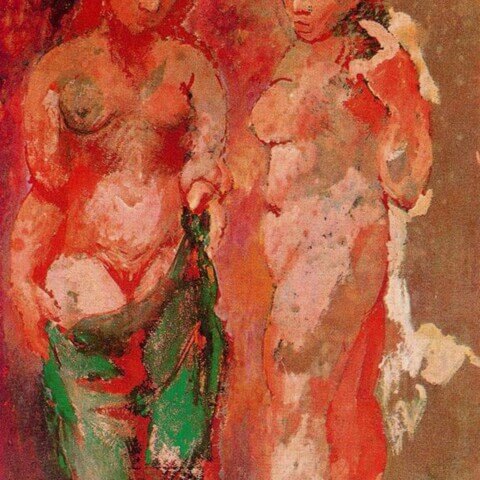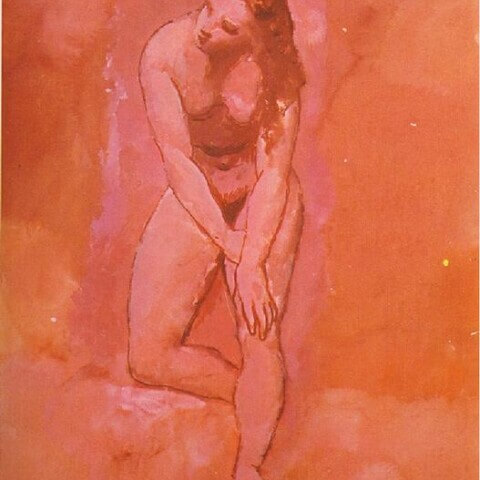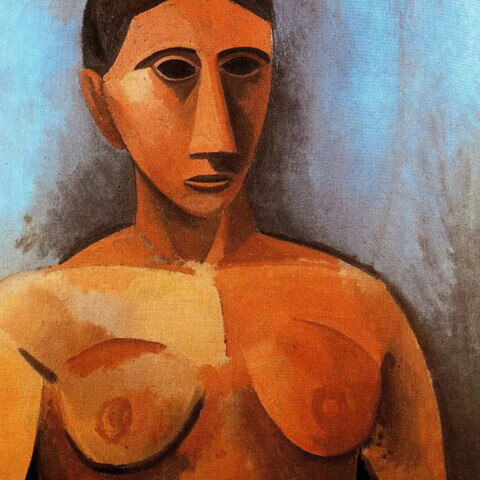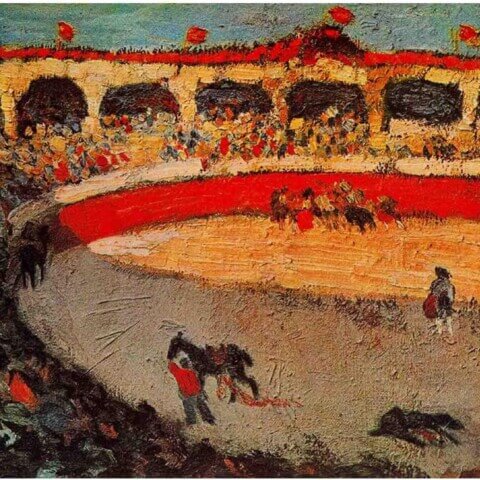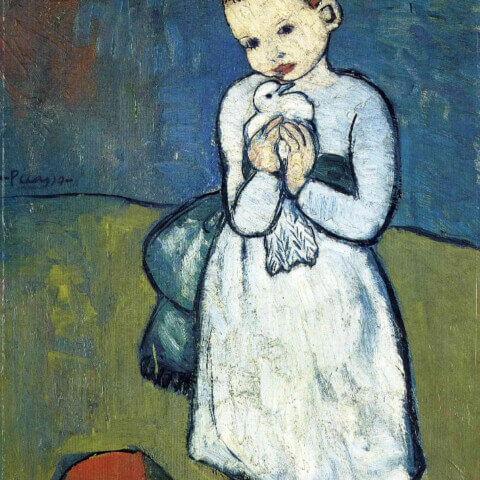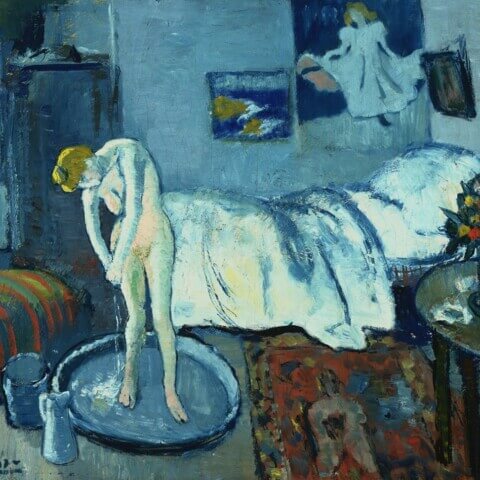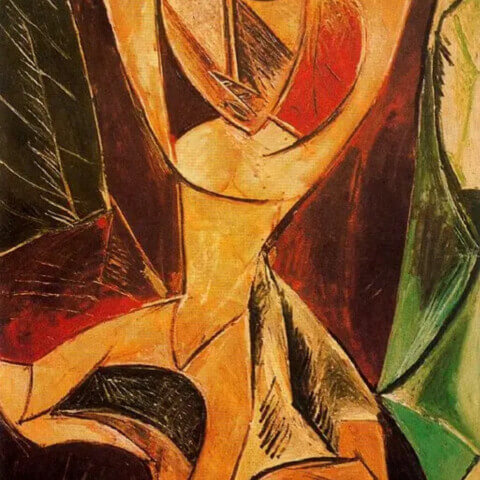Pablo Picasso
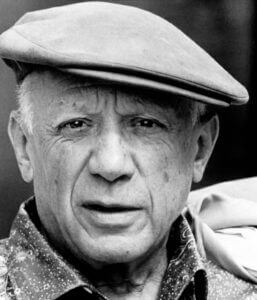
Pablo Picasso (October 25, 1881 – April 8, 1973) was a Spanish painter, sculptor, printmaker, ceramicist, and stage designer who is widely regarded as one of the most influential artists of the 20th century. He is best known for co-founding the Cubist movement and for his contributions to Symbolism and Surrealism. He is also credited with the invention of constructed sculpture and the co-invention of collage.
Born Pablo Diego José Francisco de Paula Juan Nepomuceno María de los Remedios Cipriano de la Santísima Trinidad Ruiz y Picasso in the city of Málaga, Andalusia, in southern Spain, he was the first child of Don José Ruiz y Blasco and María Picasso y López. His father was a painter who specialized in naturalistic depictions of birds and other game.
Showing a prodigious talent from an early age, Picasso received artistic training from his father in figure drawing and oil painting. By 1900, he had moved to Paris, the art capital of Europe, where he was exposed to a variety of artistic styles, including African art, Impressionism, Post-Impressionism, and Symbolism.
In his early years in Paris, Picasso’s artwork was characterized by a blue period (1901-1904), which comprised somber, blue-tinted paintings that reflected his struggles with poverty and inner turmoil. This was followed by the rose period (1904-1906), featuring more cheerful and lively paintings with orange and pink hues, frequently depicting circus people, acrobats, and harlequins.
In the early 20th century, Picasso, together with Georges Braque, developed Cubism, a revolutionary new approach to representing reality. This style involved breaking down objects into geometric shapes and viewing them from multiple perspectives simultaneously. Notable works from this period include “Les Demoiselles d’Avignon” (1907) and “Guernica” (1937), the latter a dramatic portrayal of the bombing of Guernica during the Spanish Civil War and a universal symbol of the tragedies of war.
In addition to painting, Picasso explored many different mediums and forms throughout his career, from sculpture and ceramics to printmaking and textiles. His restless creativity led to an estimated 20,000 artworks, including 1,885 paintings; 1,228 sculptures; 2,880 ceramics, and roughly 12,000 drawings, thousands of prints, and numerous textiles and tapestries.
Picasso was twice married, to Olga Khokhlova and Jacqueline Roque, and had four children. He died on April 8, 1973, in Mougins, France, leaving behind a vast and influential artistic legacy that continues to inspire and challenge artists to this day.






